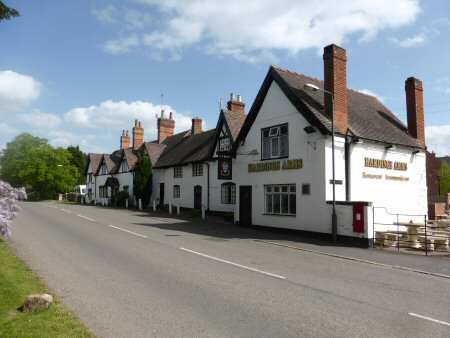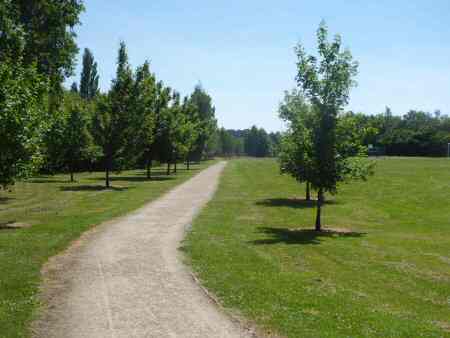A TO Z - HIGHLIGHTS OF SOUTH DERBYSHIRE - PART 4

HARTSHORNE
Hartshorne is situated north of Swadlincote on A514 to Ticknall. One of the village’s mills produced screws on a commercial basis in the late 1700s. The building was rescued from dereliction in the 1980s and has been converted into a public house and restaurant. The water wheel has been sympathetically restored, but both the dam and millpond have gone and the wheel is now driven by a small engine and no water power. St Peter’s Church dates back to the 14th century but was almost completely rebuilt in 1835, it contains some fine alabaster effigies.
HATTON
The village lies on the northern bank of the River Dove opposite Tutbury, which acts as the boundary between Derbyshire and Staffordshire. It is mainly residential but is also home to a Nestle factory. The company advertises the factory as a global ‘Coffee Centre of Excellence,’ which in recent years, has seen substantial extensions and improvements to the site.
The proximity to the A50 and other routes provides Hatton with a good road network. This has been added to by the reopening of Tutbury and Hatton Railway Station following its closure in the 1960s. At the other end of the village is the famous Salt Box Café, on the A511, which has won awards as the best transport café in the UK.
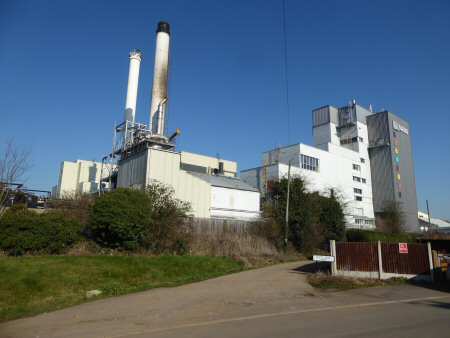
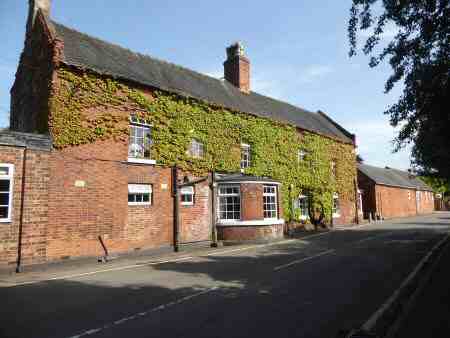
HILTON
Entering Hilton from Derby south of the new A50 you pass the Old Talbot public house, a 16th-century cruck building. It is a Grade II listed building and has a malt drying kiln at the back of the main fireplace which dates back to the days when it was an old alehouse. However, the oldest building in Main Street is Wakelyn Hall, where Mary, Queen of Scots is reputed to have stayed on her journey to imprisonment in Tutbury Castle. An interesting development, in more recent times, has been the conversion of the former gravel works into a nature reserve and bird sanctuary owned by Derbyshire Naturalists Trust.
Air Commodore Martin Massey CBE DSO MC was born, at what is now the Hilton House Hotel (closed), in 1898. He was the Senior Officer at Stalag Luft III Sagan who authorised ‘The Great Escape’. A blue plaque is affixed to the outside wall of the former hotel.
INGLEBY
Ingleby is a small village on the south side of the River Trent, near Foremarke Hall and Milton. There is a small art gallery in the village and on the western side a public house, The John Thompson. A former farmhouse, it was the first public house in the UK to be named after its owner. Large and spacious inside, it has a substantial collection of original paintings and prints on display. Most notable are watercolours of local village scenes by three generations of the Gresley family from nearby Chellaston. It is also home to the longest-established microbrewery in the country.
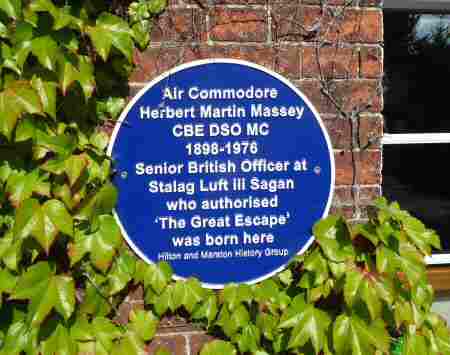
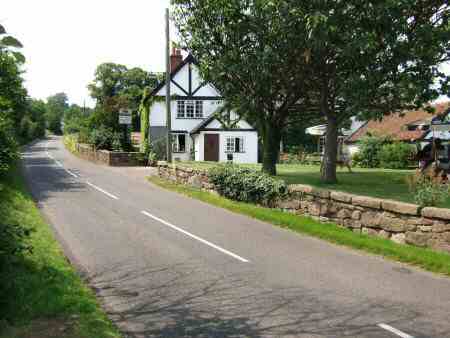
KINGS NEWTON
Kings Newton is off the B587 Stanton-by-Bridge to Melbourne Road. The main road through the small village of Kings Newton was described by Nicholas Pevsner as, ‘one of the most attractive main streets in Derbyshire’. Pevsner wrote a series of 46 volumes of county guides, under the title of ‘The Buildings of England’ (1951-1974).
It is a gem of an old English village, with a great variety of well-cared-for old houses covering a wide age range, that all blend superbly together as a whole. A cottage with three crucks, one of which is visible from the outside, is considered to have been ancient when Elizabeth I came to the throne. Many of the other houses date back to the 18th century and there are a few of recent origin down Trent Lane and a small new development behind the Hardinge Arms. There is a further small development behind the former Packhorse pub.
The village was granted a market in 1231, and the steps of the market cross remain, surmounted by a modern cross erected to commemorate the accession to the throne of Edward VIII. It represents a very rare commemoration of a King who was never crowned!
LINTON
Linton is five miles southeast of Burton and is surrounded by the National Forest and benefits from good outdoor facilities as well as beautiful countryside walks. Many of the former fields to the south of the village are now wooded.
The village still retains several useful facilities including a convenience store with a post office and a public house. The popular Red Lion in Main Street was created by the combining of three miners’ cottages and was substantially refurbished in late 2018. There is also a church, a primary school, a village hall, a community room called The Brick Room and Rickman’s Corner Community Hall as well as a Methodist chapel.
Coton Park in Linton parish, which was formerly a coal stacking site, has been transformed into a new community park. Named Badgers Hollows Leisure Park, it has several habitats with the wetland habitat of particular interest. Several species of uncommon birds and plants in the area have been recorded. In 2005 the site was designated as a Local Wildlife Site.
